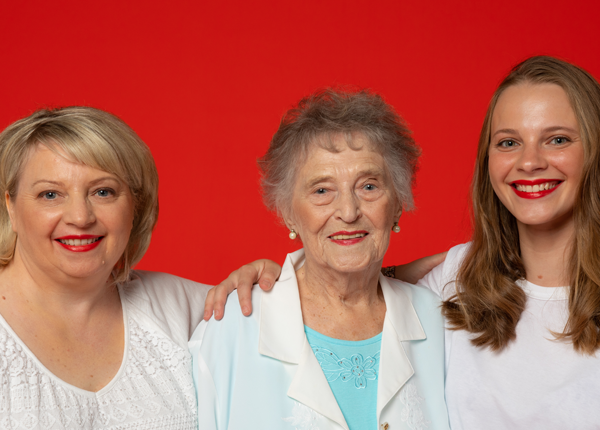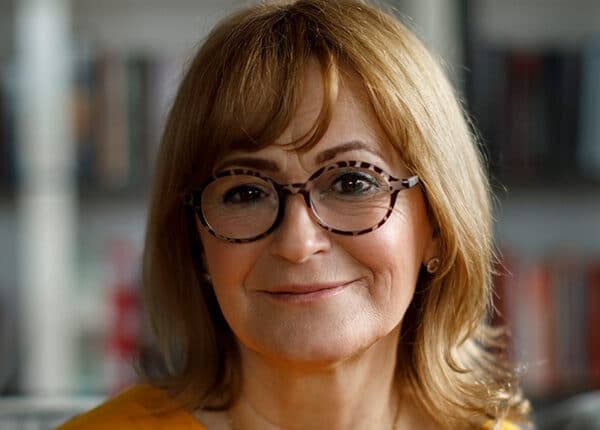
Glaucoma in the Age of COVID
3 MAR 2022
Eye conditions
Glaucoma is the leading cause of irreversible blindness in the world. The World Glaucoma Association estimates that approximately 79.6 million people have the disease. Unfortunately, this number in increasing annually as the population ages. By 2040, it is expected that 111.8 million people will have glaucoma.
Eye care professionals are concerned that during COVID, many people with glaucoma have missed or delayed eye checkups.
COVID-19 has disrupted the lives and routines of Australians like never before. These disruptions have carried through to the healthcare system where delays and cancellations have meant that many patients have not kept their scheduled appointments for annual eye exams and assessments. Other patients, out of fear of catching the disease, have neglected routine checkups.
Lack of Routine Eye Care
Glaucoma Australia estimates that at the peak of the pandemic, between March 2020 and August 2021, there were half a million less eye tests conducted nationally than in the previous 18-month period.
Since the start of the pandemic, optometric practices operating in locked-down locations could only offer urgent, emergency care for patients with severe symptoms.
All along, routine detection of non-symptomatic eye diseases such as glaucoma has dropped off.
For those affected by glaucoma – knowingly or unknowingly, the inability to visit an optometrist for detection or treatment means that glaucoma symptoms may have gotten worse.
The Silent Thief
Glaucoma is commonly called ‘the silent thief of sight’ because, in many cases, people with glaucoma experience no symptoms until the very end stages of the disease. By then, the damage has already been done and it is irreversible. There is no cure for glaucoma, and only regular eye exams can provide the opportunity for proper diagnosis and treatment to prevent vision loss or blindness. This is why optometrists are so concerned. A patient’s vision can deteriorate between appointments, even though they aren’t experiencing any symptoms of glaucoma. The only way for a patient to know if they have glaucoma is by booking a regular, in-person eye exam with their optometrist. But for the last two years, the ability to catch, and commence treatment, has been severely limited.
Eyecare Plus COVID Protocols
All the health professionals at Eyecare Plus agree that it is vital for glaucoma services to continue, but they also agree that these services need to be carried out in a way that ensures that no patient is put at risk of infection.
Across the country, every Eyecare Plus optometry practice has put protective measures in place that adhere to the latest governmental health advice to reduce the spread of COVID-19. As the situations change, Eyecare Plus will continue to change with them, constantly staying up-to-date with the best advice.
If you are at risk of developing glaucoma, don’t put off your scheduled appointments. You can be confident in the measures that Eyecare Plus locations across Australia have put in place to reduce the spread of COVID-19 while providing the high-level of comprehensive eye care our patients deserve.
The Telehealth Question
Many patients ask: “Can I do a Zoom meeting with my optometrist?” In some cases, a video discussion with your optometrist can be valuable. Unfortunately, eye care professionals agree: the monitoring and detection of glaucoma is not suited to telemedicine.
Glaucoma needs to be checked regularly with eye pressure measurement (called a ‘tonometry’), visual field testing and scans of the optic nerve. For proper glaucoma care, careful attention to the optic nerve is the most important part of a glaucoma eye test.
Although there are a number of technological telemedicine initiatives being researched and developed, for now, a proper glaucoma exam is not possible over video.
Book an appointment today with your local Eyecare Plus optometrist.
Book an appointment with
your local Eyecare Plus
Optometrist today.

